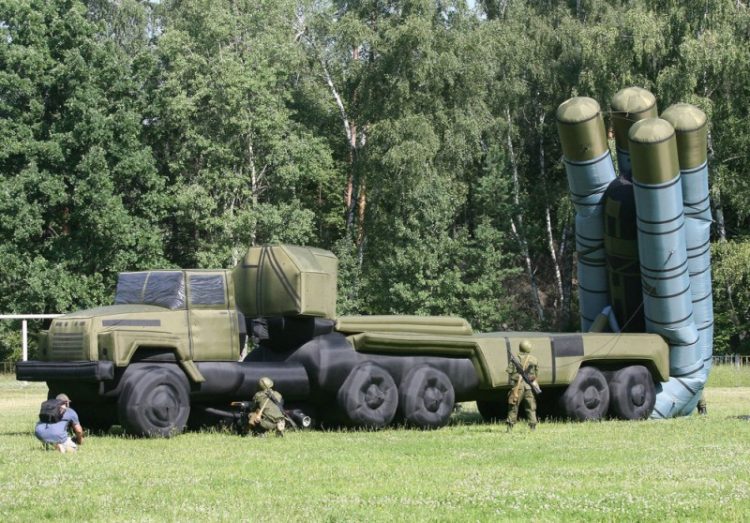Looking back at the most significant battles and military operations in history, deception has always been an important strategy, and in modern-day Russia balloons are one of the most important tools of deception.
Bouncy castles aren’t known as the most effective tools of war, but in Russia, they are just as important as actual weapons worth millions of dollars. That’s because bouncy castles designed to mimic actual weapons cost a hundred times cheaper than the real thing, and can be deployed and moved a lot faster. And if your goal is to deceive the enemy, to appear stronger than you really are, drawing their fire, or simply buying time by forcing them to verify targets, this inflatable army is an important piece of your arsenal.
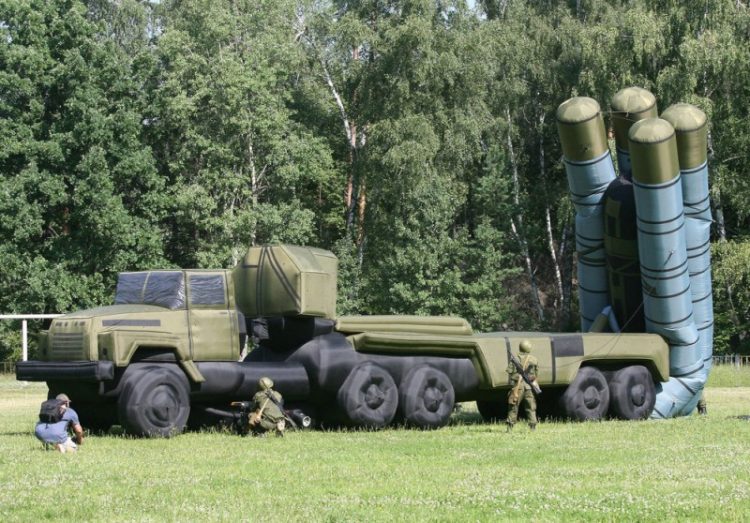
“If you study the major battles of history, you see that trickery wins every time,” Aleksei A. Komarov, the military engineer at balloon company RusBal, told The New York Times. “Nobody ever wins honestly.”
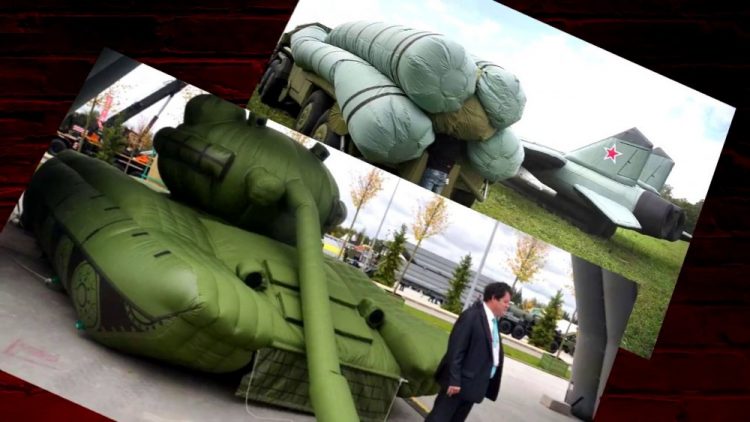
Once a simple balloon company, RusBal now specializes in inflatable replicas of various war machines used by the Russian military. Its creations range from life-size replicas of rocket launchers, tanks and fighter jets, to inflatable military tents and even radar stations. It was founded in 1993 by a hot air balloon enthusiast and specialized in hot air balloons and inflatable children’s play sets, but today its biggest client is the Russian military.
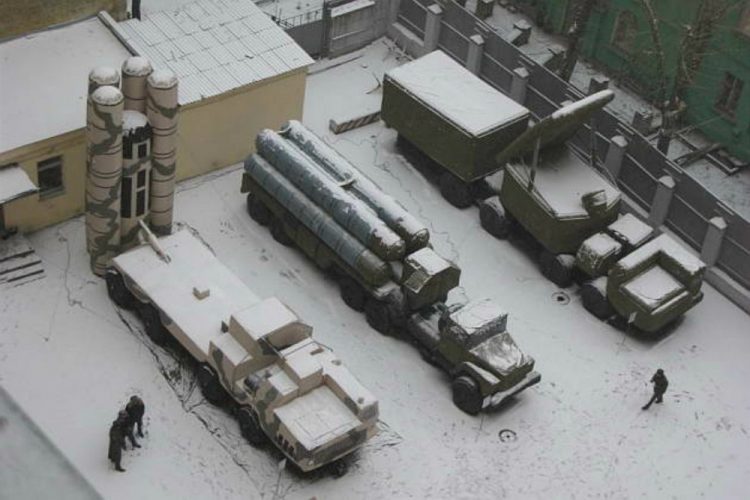
Inflatable military gear has become such a big part of RusBal’s business, that it started developing accessories to complement its creations. For example, the company sells a device designed to create tank tracks to make its inflatable tanks deployed in the middle of barren fields less suspicious.
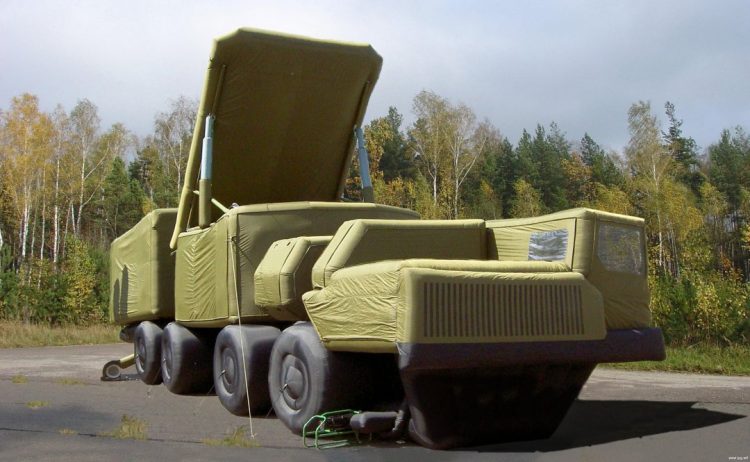
Russia’s inflatable army is part of Maskirovka, a Russian doctrine that mixes strategic and tactical deception with the aim of distorting an enemy’s conception of reality. The balloons, while very realistic to the untrained eye, are probably not going to fool the modern technology of the US Army or Russia’s other military rivals for too long, but they are realistic enough to be confusing for a while, and sometimes buying time is very important.
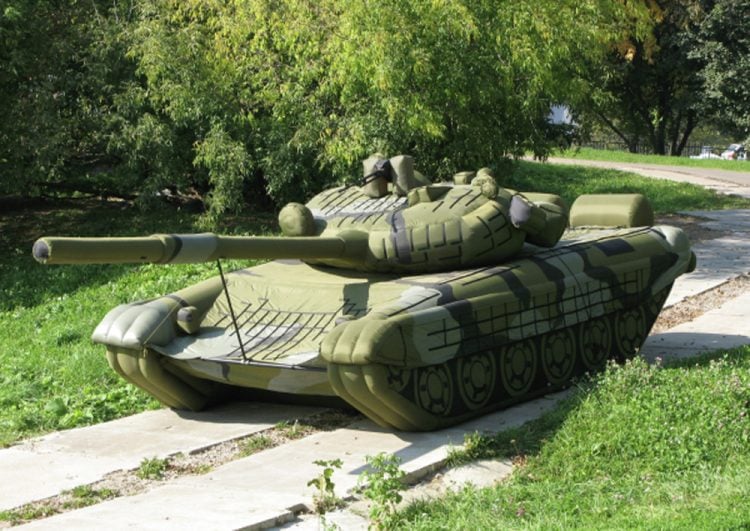
According to a 2010 report by the BBC, RusBal’s inflatable creations “are made of a special material that tricks enemy radar and thermal imaging into thinking they are real weapons”. This is a decade-old information, so it’s unclear if the balloons can still trick modern cameras and reconnaissance technology.
An inflatable T-80 tank reportedly costs around $16,000, which may sound like a lot for a bouncy castle, but considering that an actual tank costs millions to make, and probably more to maintain for several years, it’s actually a bargain. Plus it can be transported in two duffel bags and deployed using a simple air compressor.
Russia was hardly the first to use an inflatable army – the Allies used a “ghost army” during World War 2, and NATO forces bombed fake Serb tanks during the war in Kosovo – but it is definitely relying on this deceptive tactic more than any other country or military alliance in the world.

